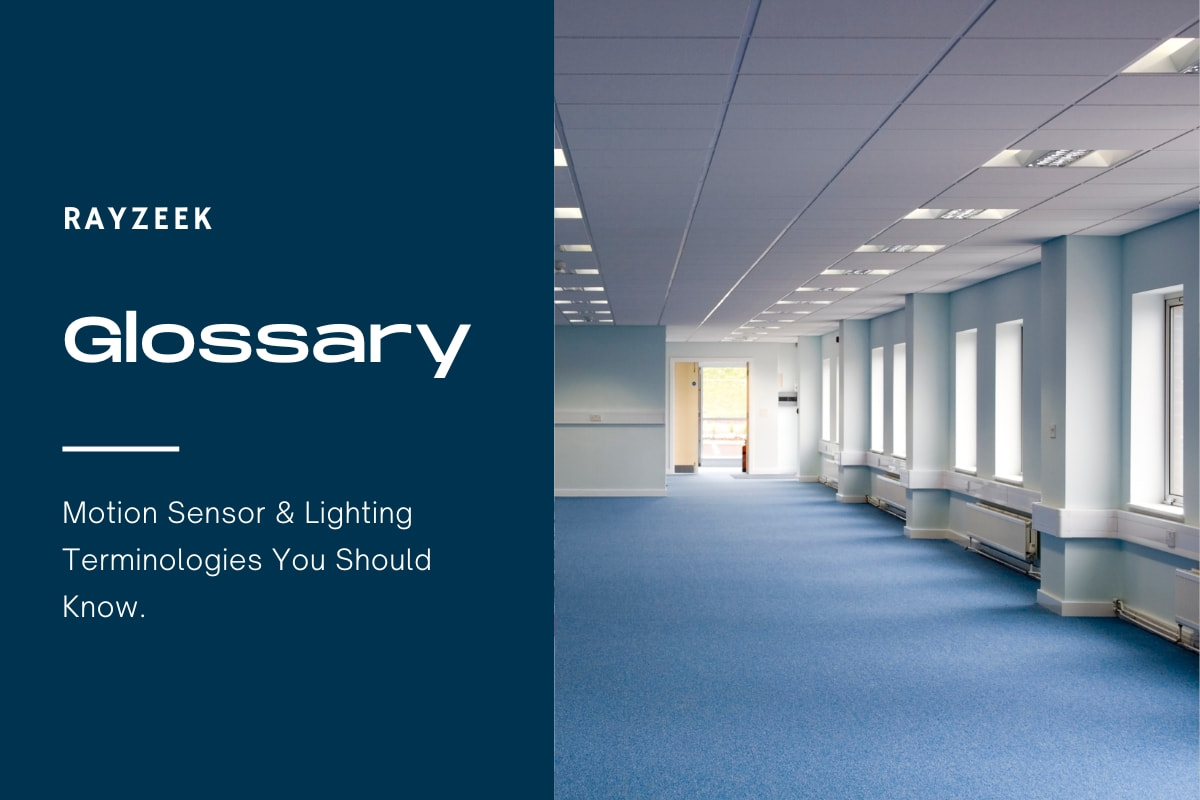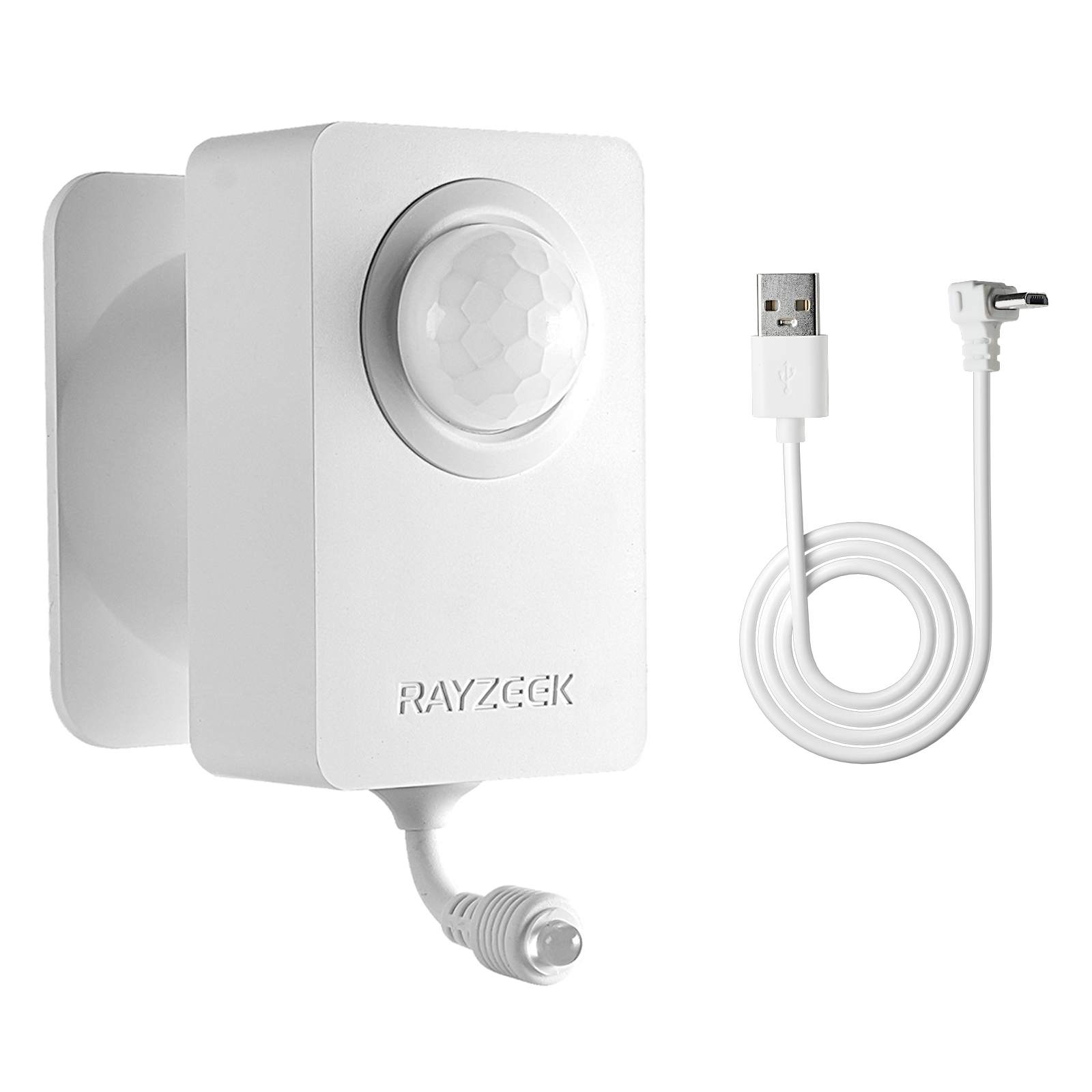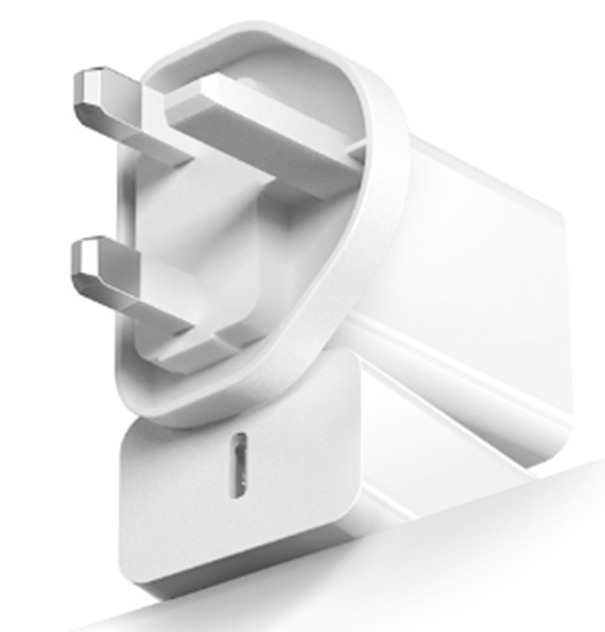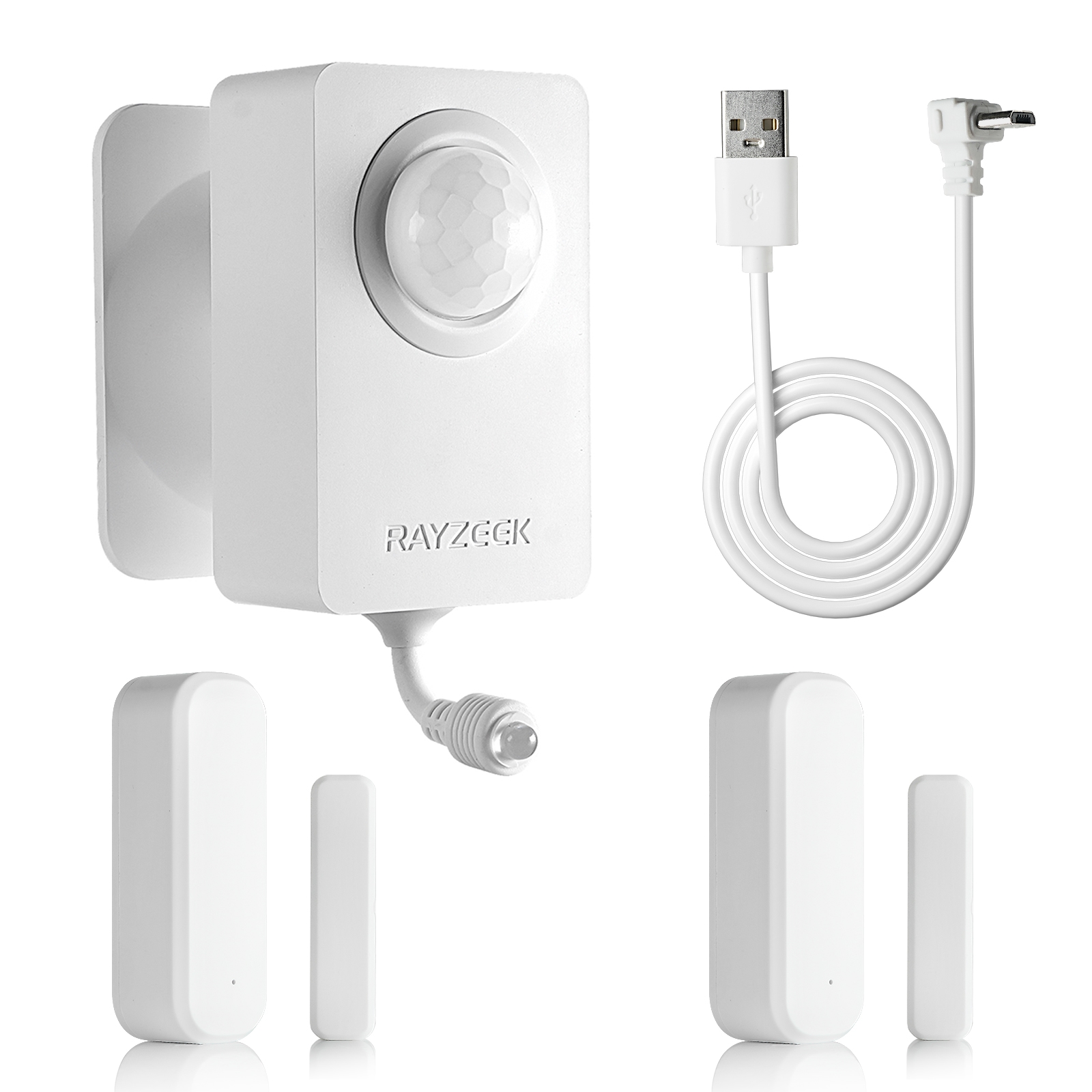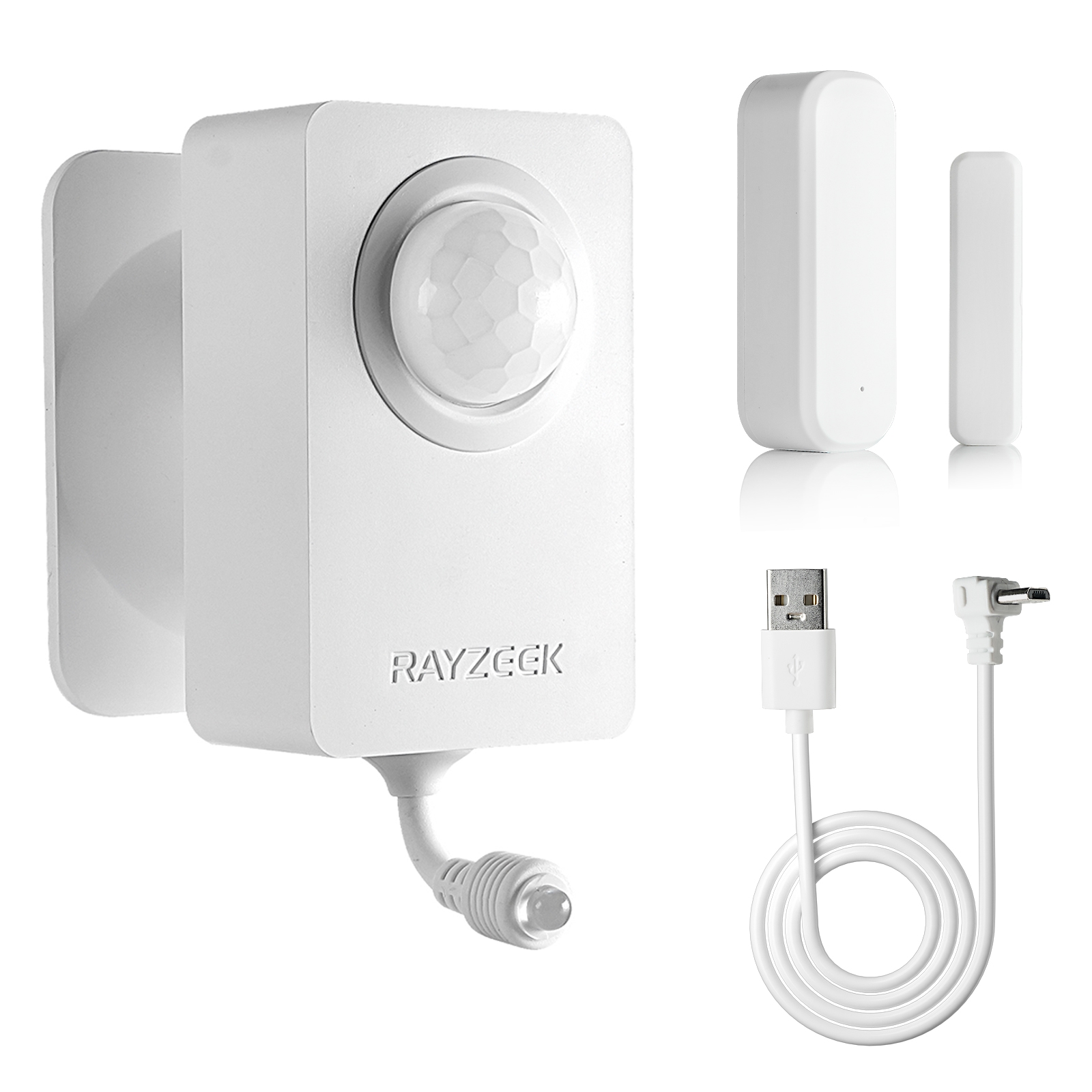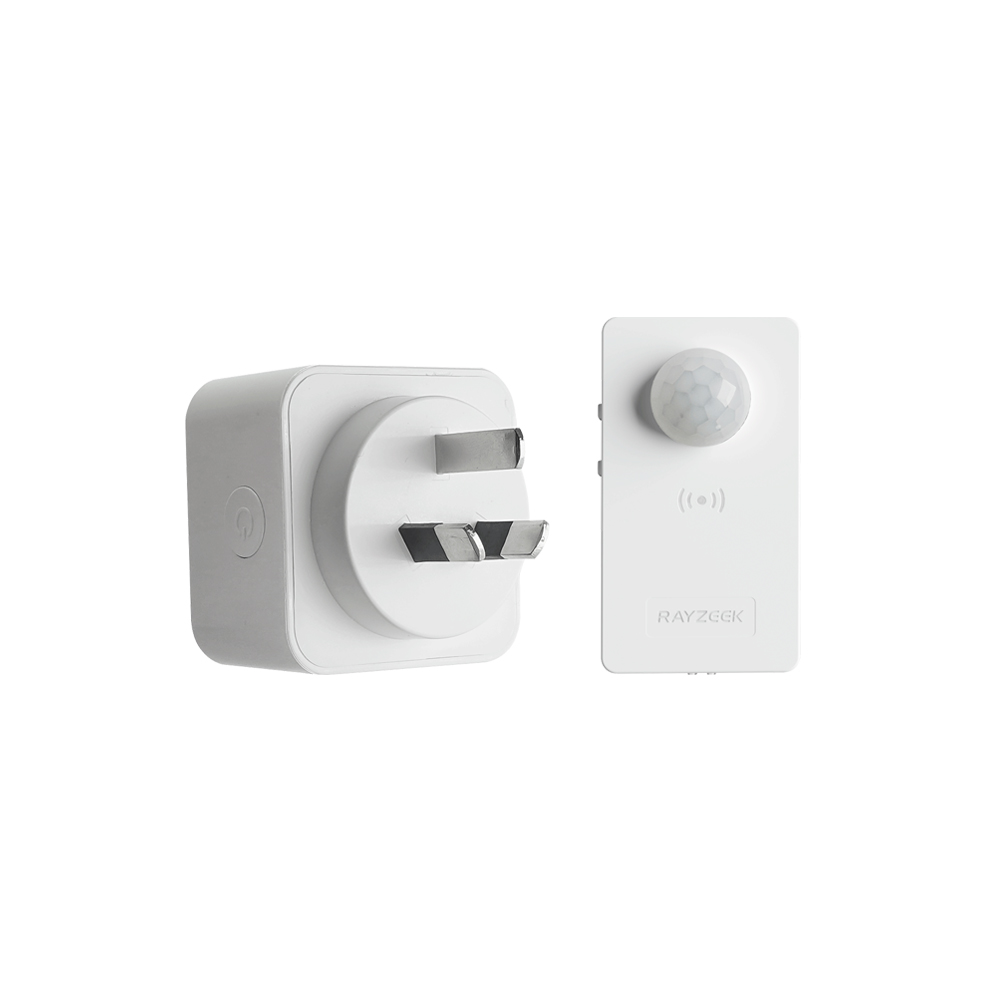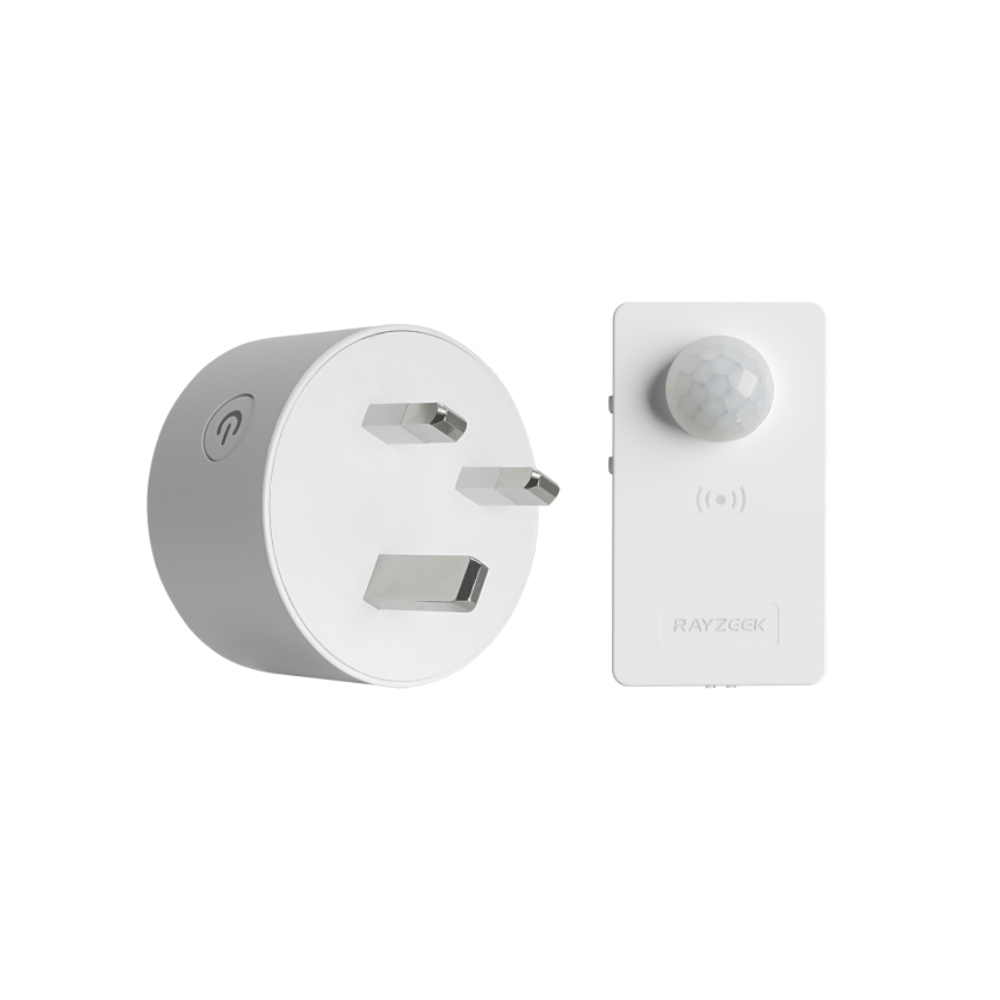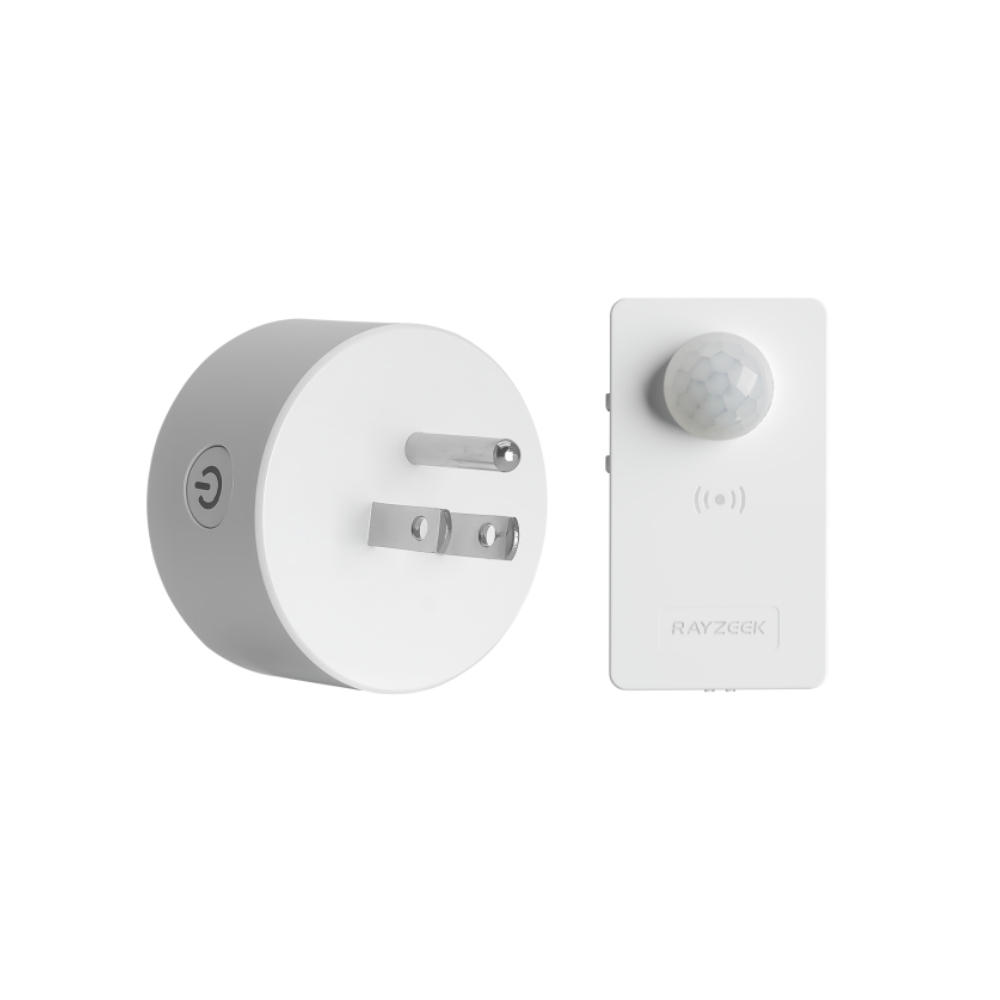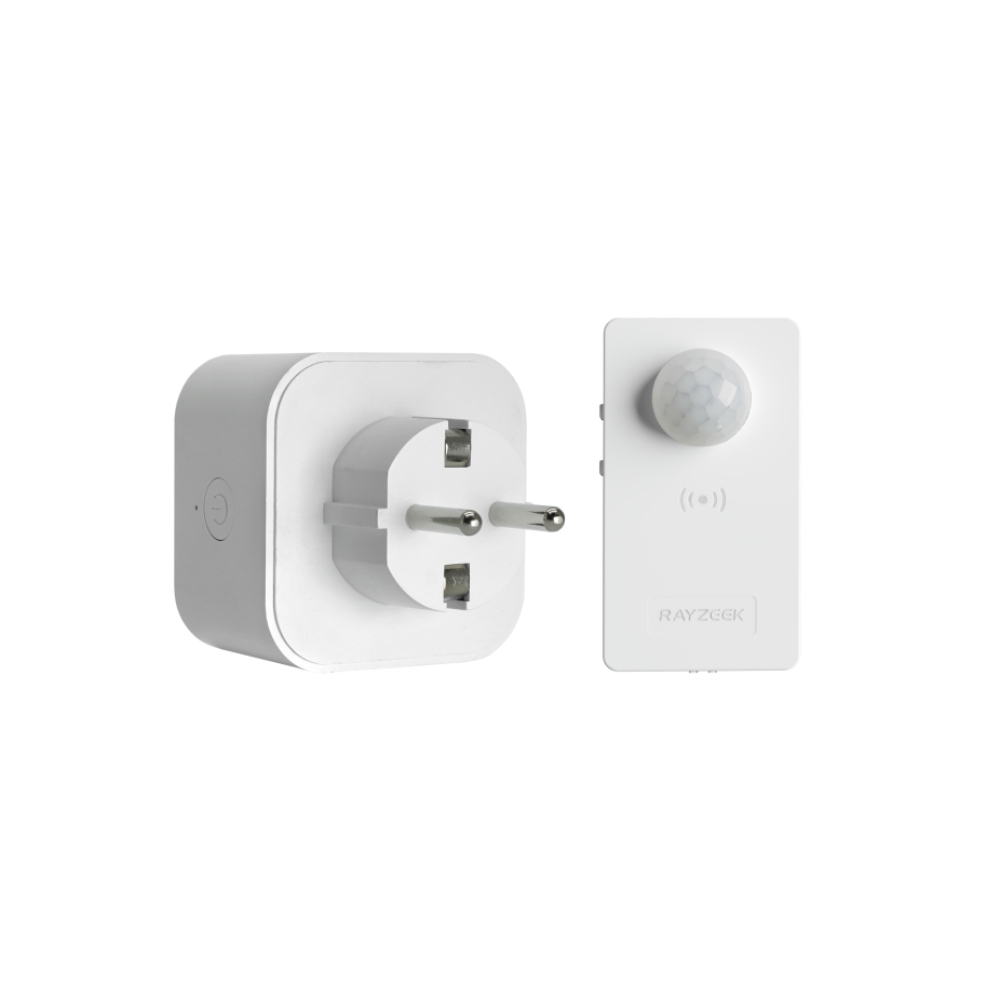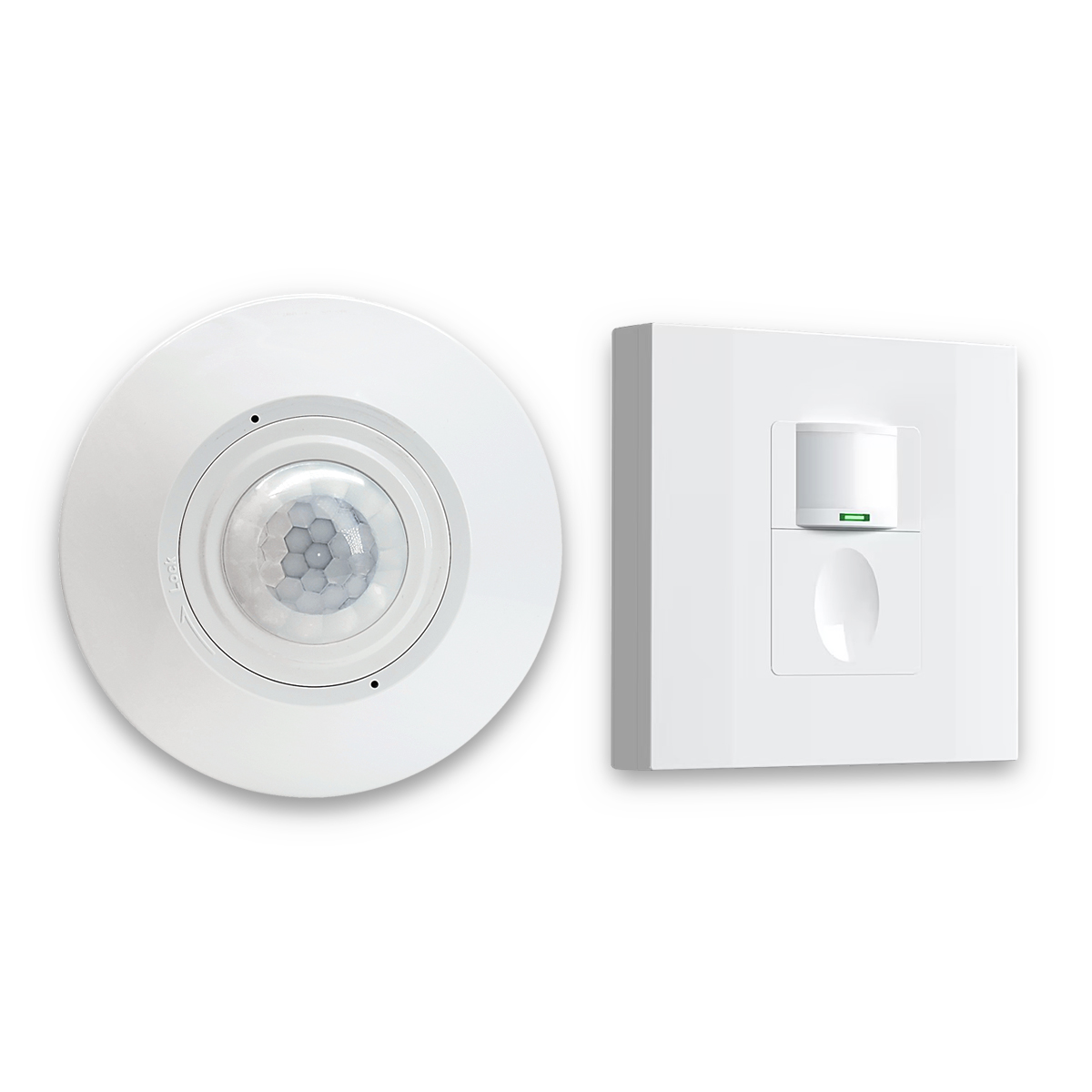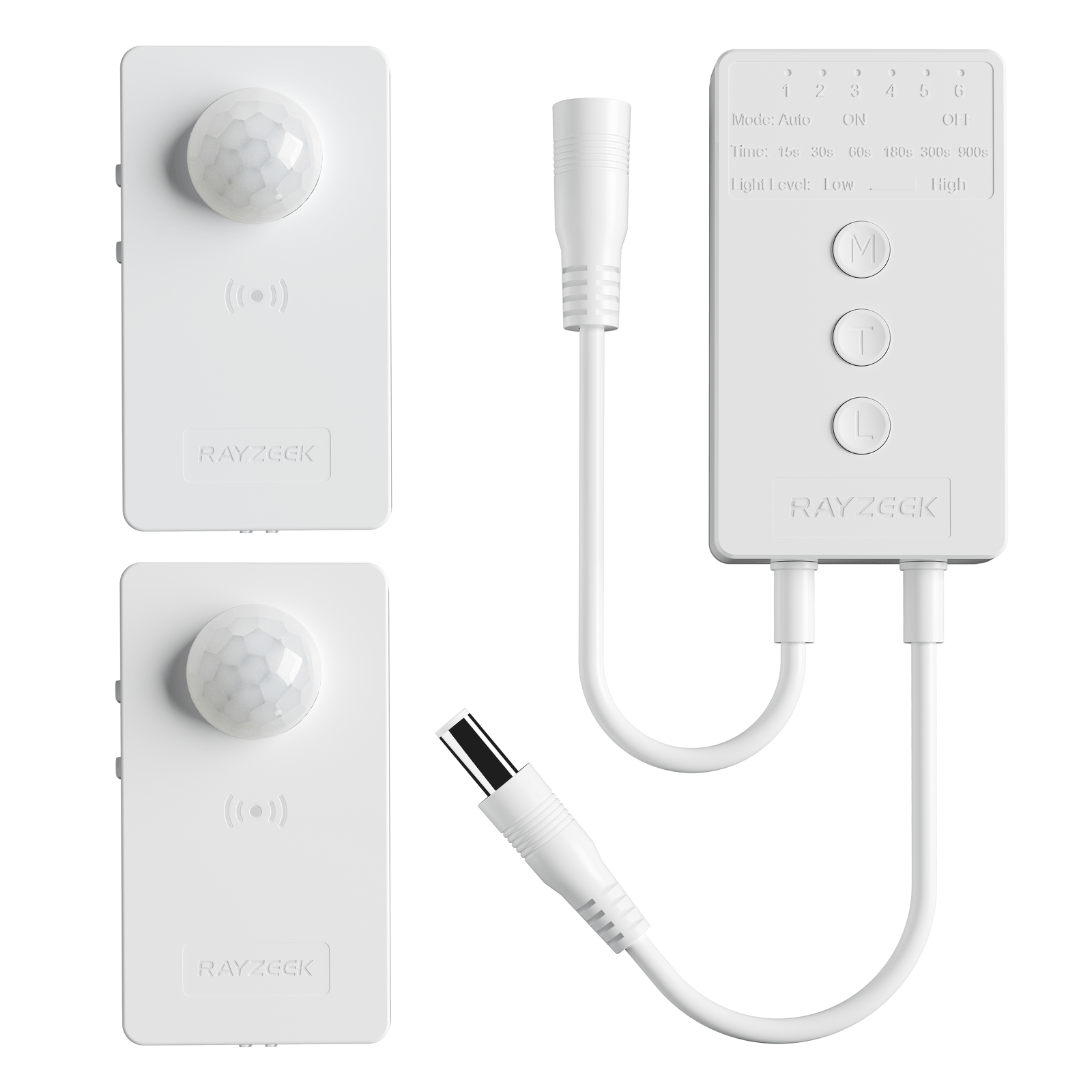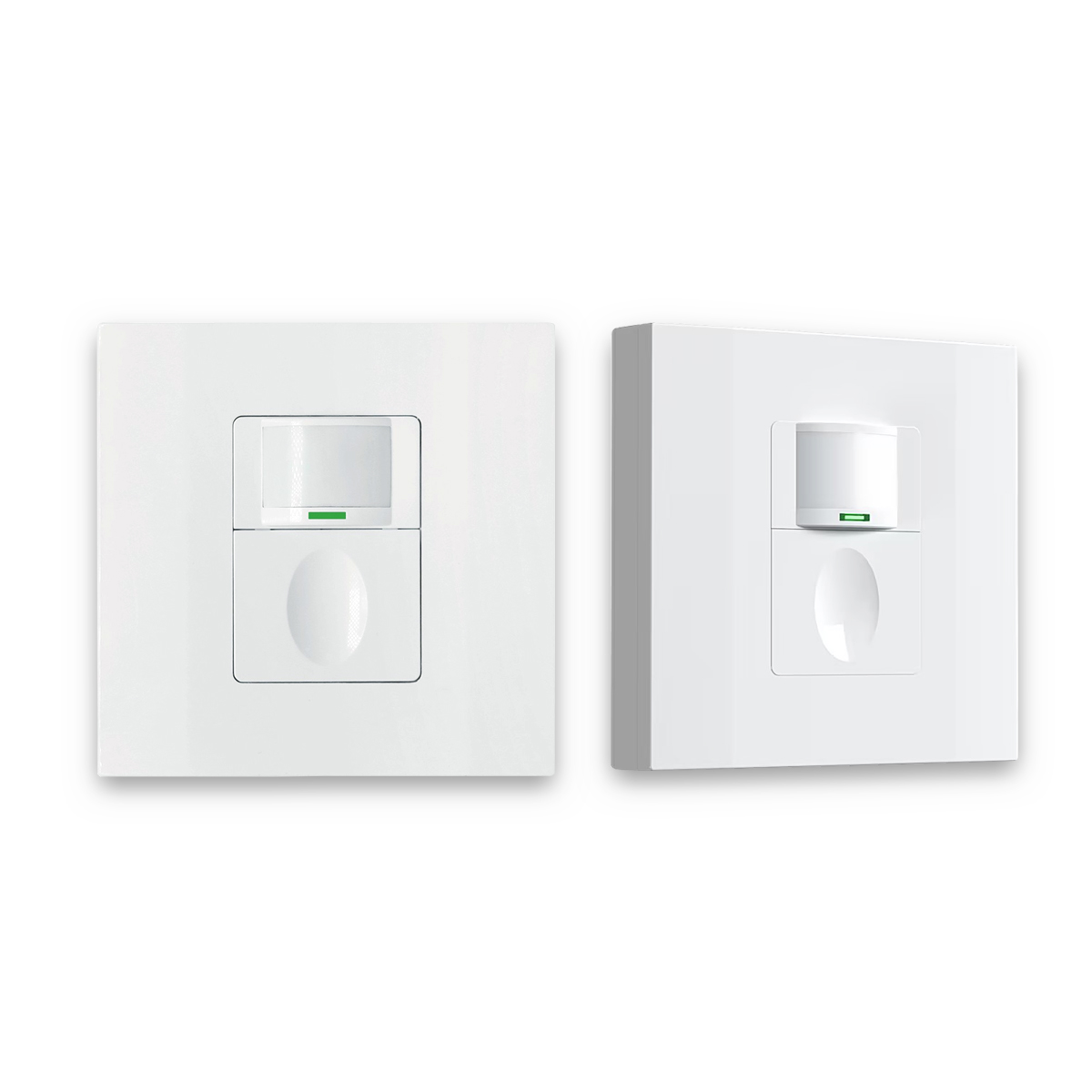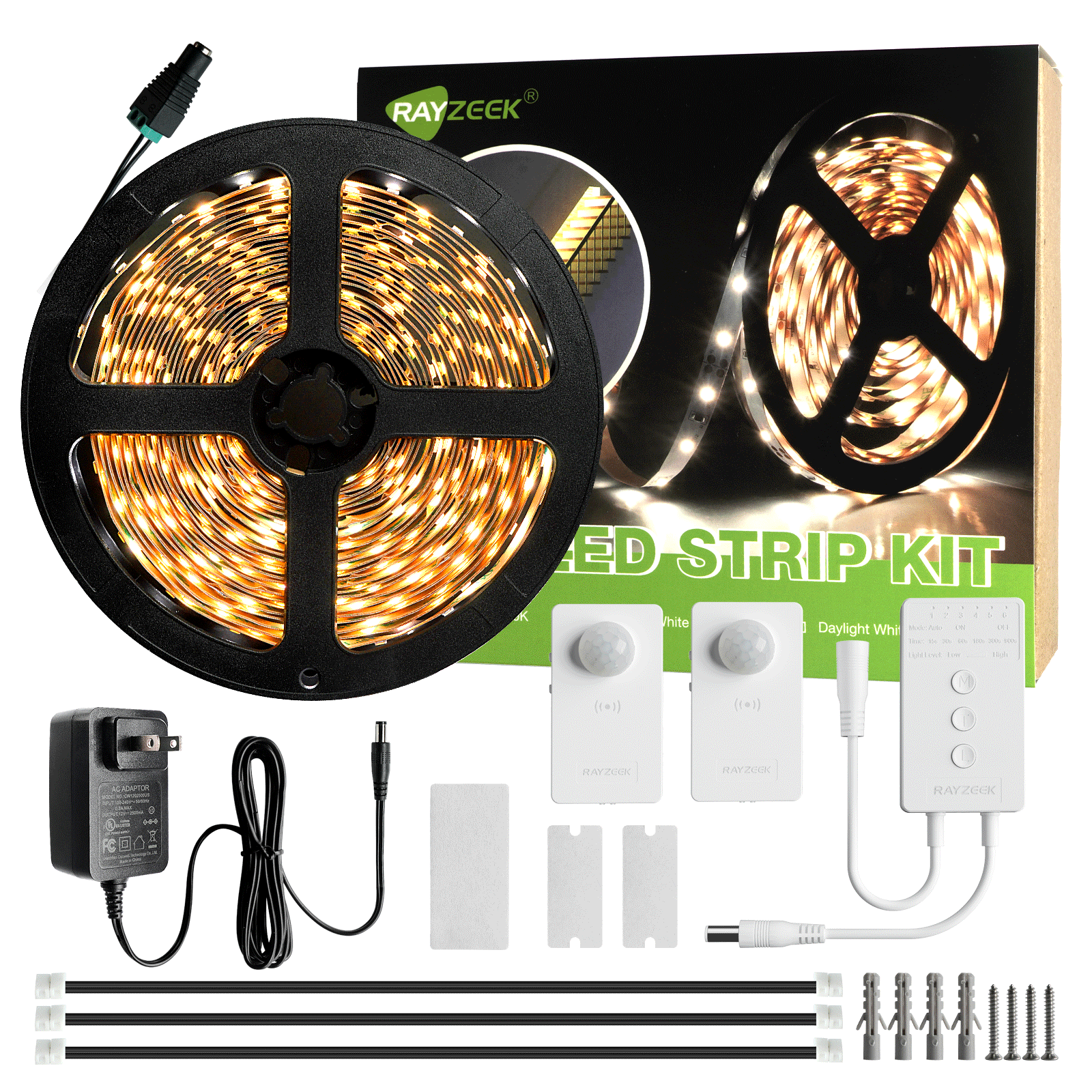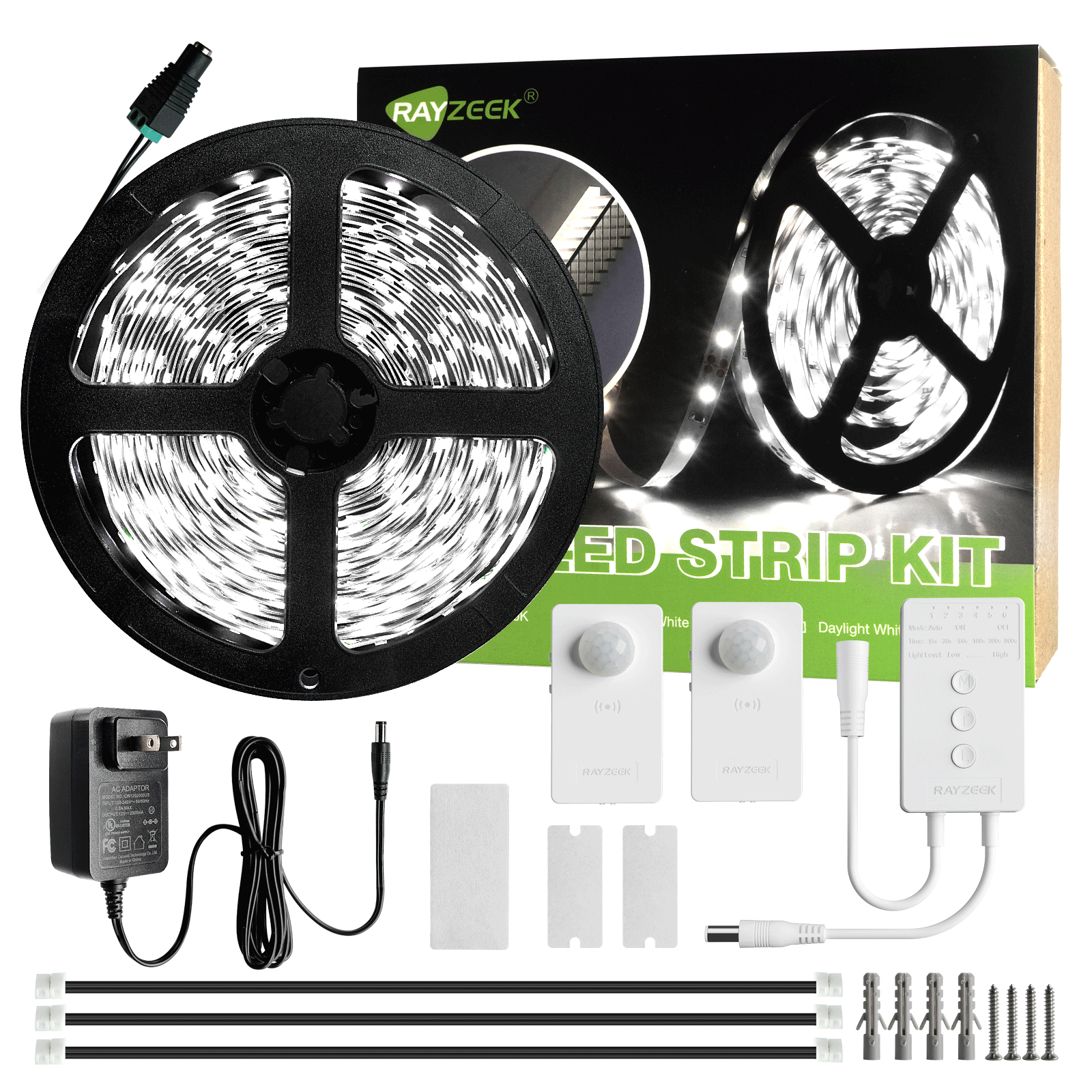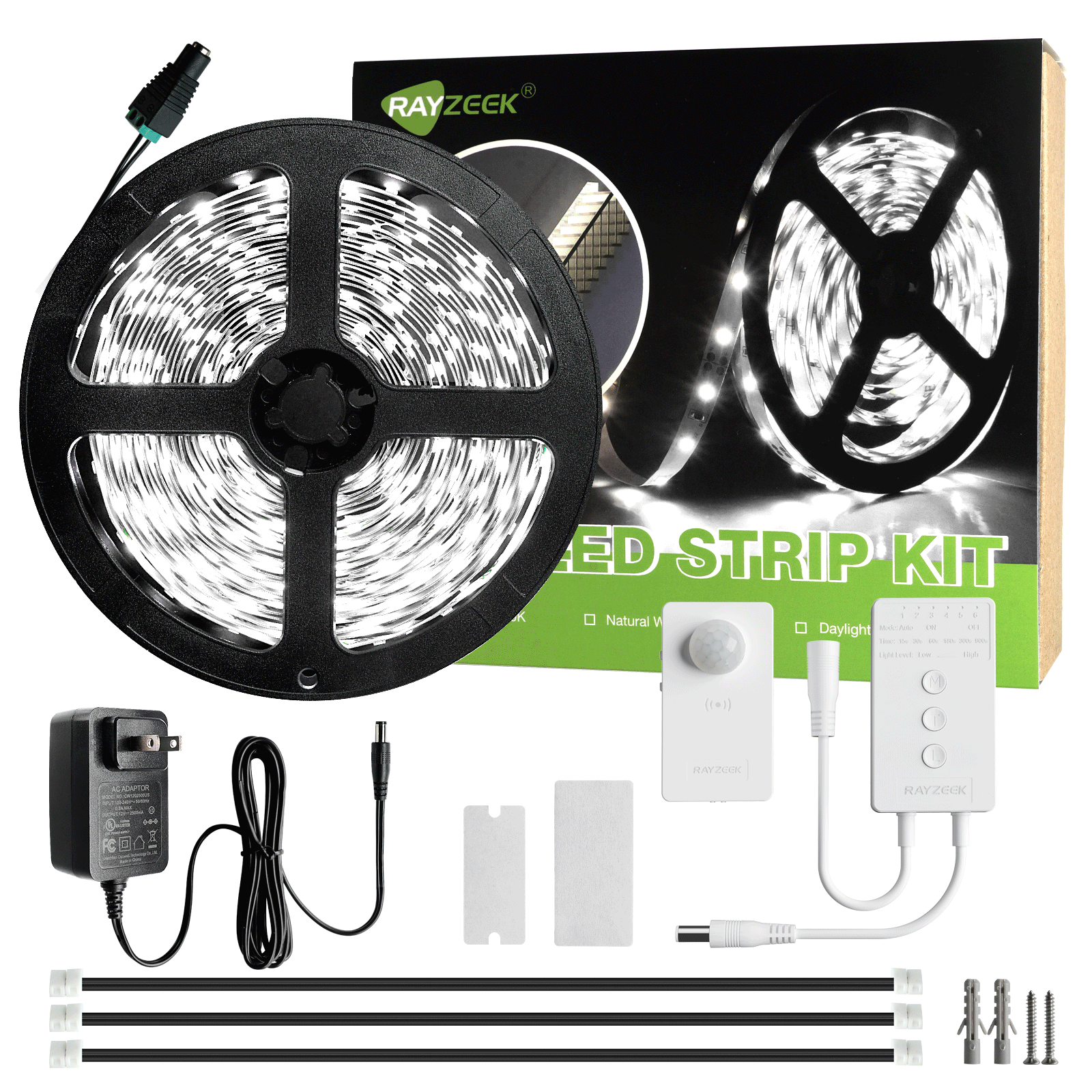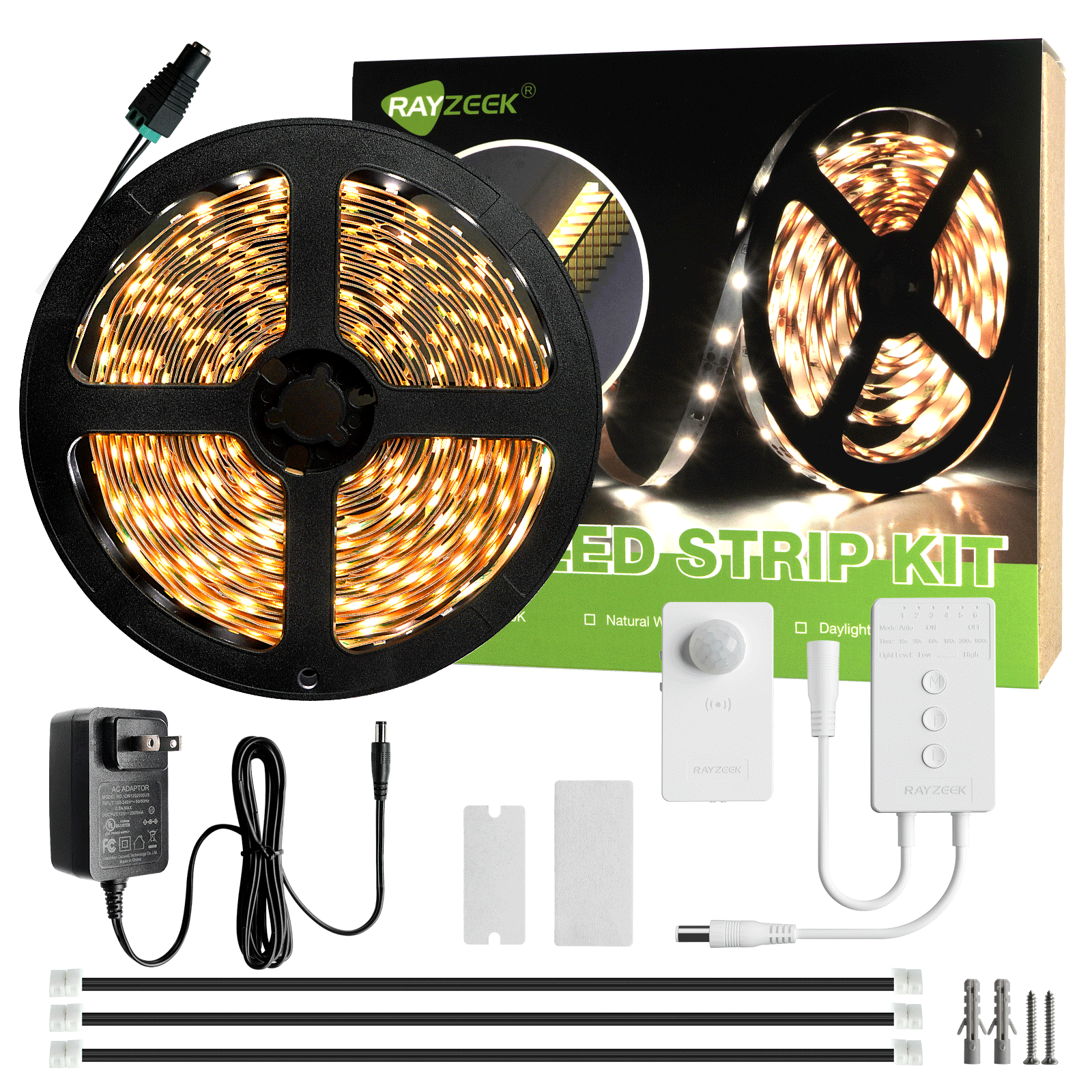What is Color Shifting
Color shifting is the phenomenon where the color of light emitted by a lighting source changes or varies over time. This change in color is primarily caused by degradation mechanisms that occur in various components of the lighting system, including the semiconductor chip, phosphors, encapsulant materials, plastic resins, and lenses.
Looking For Motion-Activated Energy-Saving Solutions?
Contact us for complete PIR motion sensors, motion-activated energy-saving products, motion sensor switches, and Occupancy/Vacancy commercial solutions.
The degradation mechanisms are accelerated by factors such as high temperatures, high drive currents, inefficient heat dissipation, and chemical changes. These factors can lead to a decrease in the quantum efficiency of the LED chip and phosphor down-converter, resulting in a shift in the emitted color. Different types of color shifts can occur, including shifts in the blue, yellow, red, or green directions, depending on the specific degradation mechanisms involved.
The acceptable magnitude of color shift varies depending on the application. For example, residential lighting may allow for a maximum color shift of 0.007 Δu’v’ at 6,000 hours, while more demanding applications like hospitality, showroom, and museum lighting may require a much higher chromaticity stability, often desiring a color shift of up to 0.003 Δu’v’ over five years.

